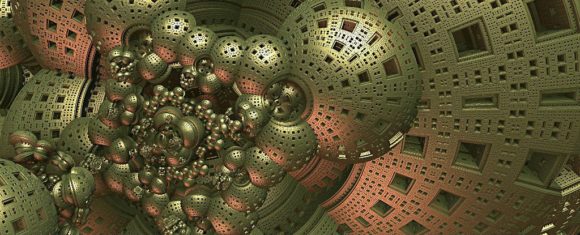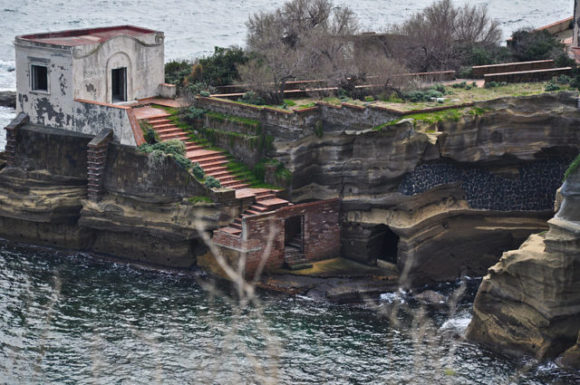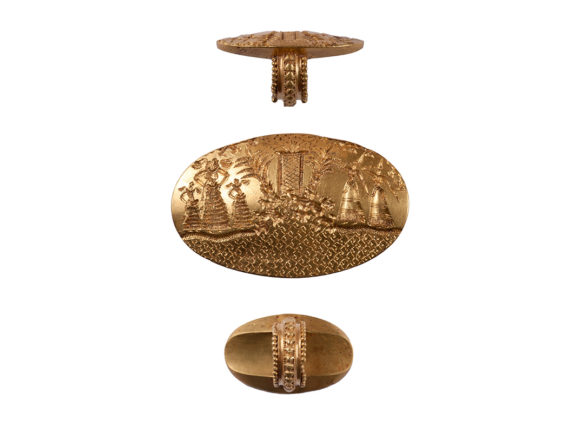Time Crystals. They Actually Exist.
Time crystals? This sounds more like a Star Trek technology than something incredibly real that scientists just discovered…
From Science Alert,
Scientists have confirmed a brand new phase of matter: time crystals
Constant motion without energy.
by Fiona McDonald
“For months now, there’s been speculation that researchers might have finally created time crystals – strange crystals that have an atomic structure that repeats not just in space, but in time, putting them in constant oscillation without energy.
Now it’s official – researchers have just reported in detail how to make and measure these bizarre crystals. And two independent teams of scientists claim they’ve actually created time crystals in the lab based off this blueprint, confirming the existence of an entirely new phase of matter.
The discovery might sound pretty abstract, but it heralds in a whole new era in physics – for decades we’ve been studying matter that’s defined as being ‘in equilibrium’, such as metals and insulators.
But it’s been predicted that there are many more strange types of matter out there in the Universe that aren’t in equilibrium that we haven’t even begun to look into, including time crystals. And now we know they’re real.
The fact that we now have the first example of non-equilibrium matter could lead to breakthroughs in our understanding of the world around us, as well as new technology such as quantum computing.
“This is a new phase of matter, period, but it is also really cool because it is one of the first examples of non-equilibrium matter,” said lead researcher Norman Yao from the University of California, Berkeley.
“For the last half-century, we have been exploring equilibrium matter, like metals and insulators. We are just now starting to explore a whole new landscape of non-equilibrium matter.”
Let’s take a step back for a second, because the concept of time crystals has been floating around for a few years now…
For the rest, click here.
Share



